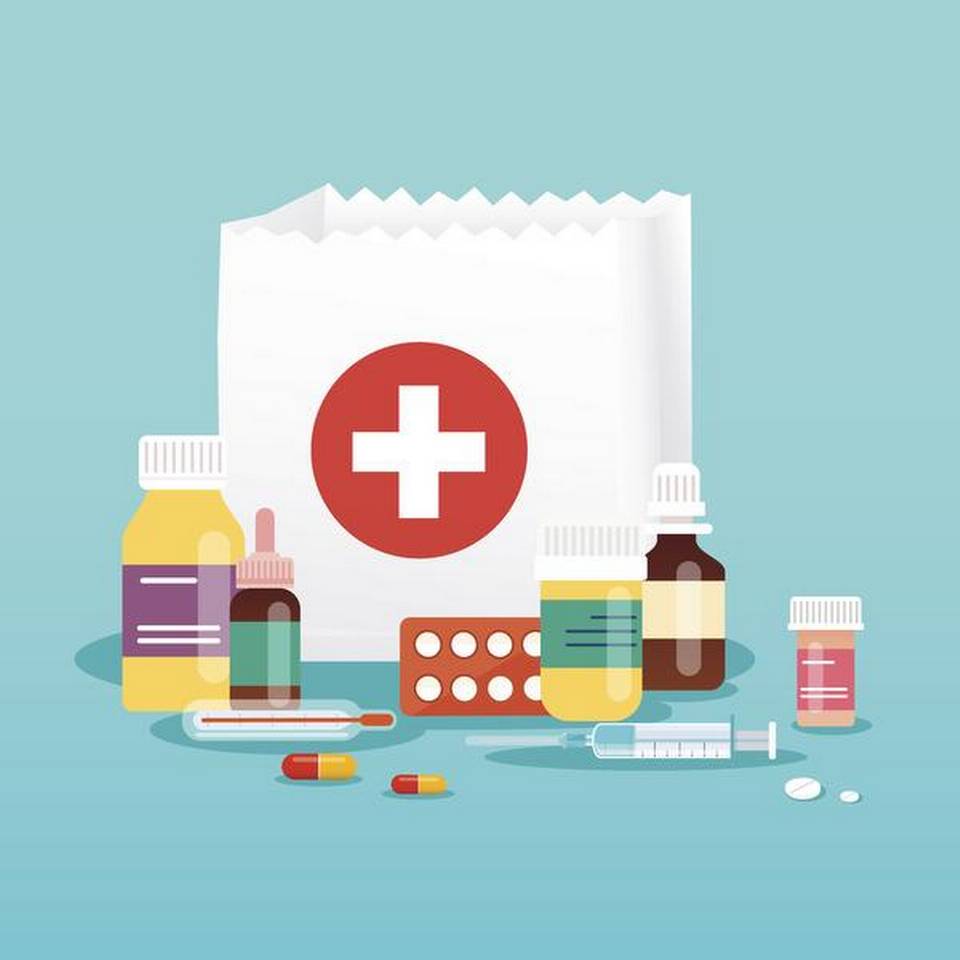India’s per capita expenditure on health remains among the lowest in the world

It’s a fact that sticks out starkly: 10.6% of the total amount in the Interim Budget is allocated to defence, while only 2.2.% is allocated to healthcare. Funding need not be redirected from current allocations to preventive care, but surely India can make health spending a priority, much like defence? Despite several innovations in the healthcare sector in recent times, in line with India’s relentless pursuit of reforms, the government remains woefully short of its ambition to increase public health spending to 2.5% of GDP. At present, health spending is only 1.15-1.5% of GDP.
Per capita spending on health
While the Interim Budget is responsive to the needs of farmers and the middle class, it does not adequately respond to the needs of the health sector. The total allocation to healthcare is ₹61,398 crore. While this is an increase of ₹7,000 crore from the previous Budget, there is no net increase since the total amount is 2.2% of the Budget, the same as the previous Budget. The increase roughly equates the ₹6,400 crore allocated for implementation of the Ayushman Bharat-Pradhan Mantri Jan Arogya Yojana (PMJAY).
According to the National Health Profile of 2018, public per capita expenditure on health increased from ₹621 in 2009-10 to ₹1,112 in 2015-16. These are the latest official numbers available, although in 2018 the amount may have risen to about ₹1,500. This amounts to about $20, or about $100 when adjusted for purchasing power parity. Despite the doubling of per capita expenditure on health over six years, the figure is still abysmal.
To understand why, let’s compare this with other countries. The U.S. spends $10,224 per capita on healthcare per year (2017 data). A comparison between two large democracies is telling: the U.S.’s health expenditure is 18% of GDP, while India’s is still under 1.5%. In Budget terms, of the U.S. Federal Budget of $4.4 trillion, spending on Medicare and Medicaid amount to $1.04 trillion, which is 23.5% of the Budget. Federal Budget spending per capita on health in the U.S. is therefore $3,150 ($1.04 trillion/ 330 million, the population).
